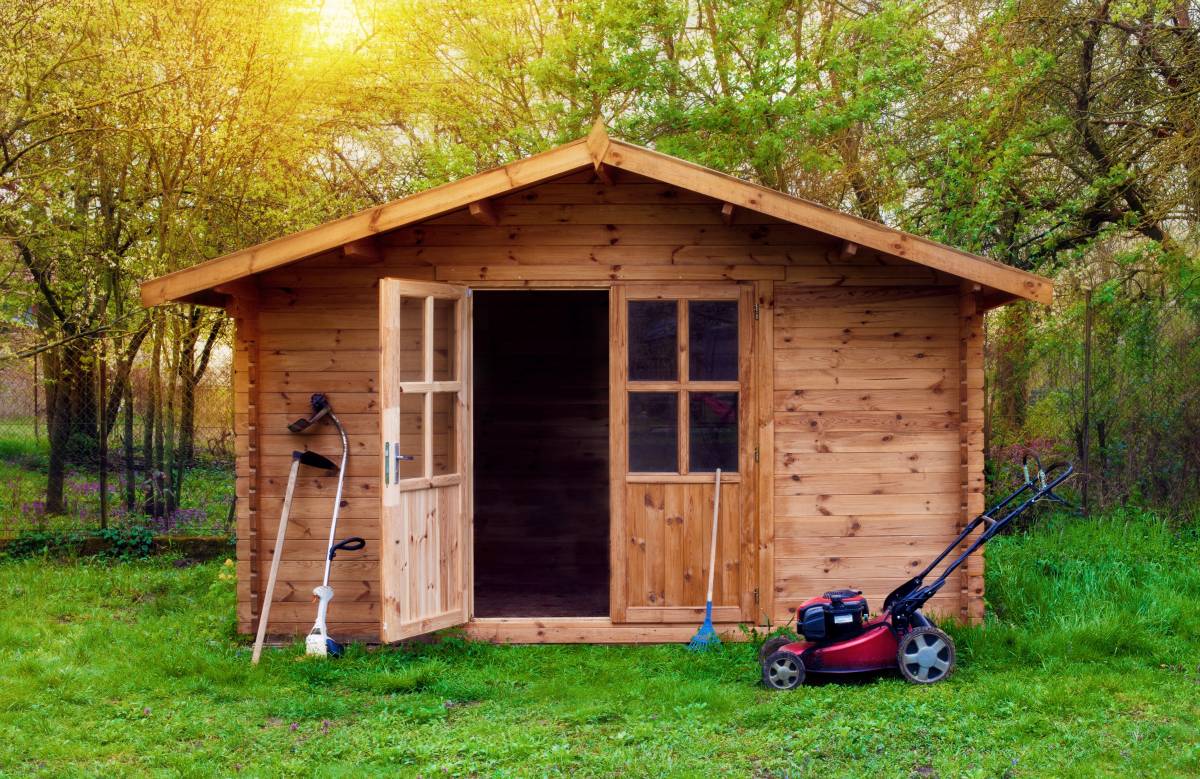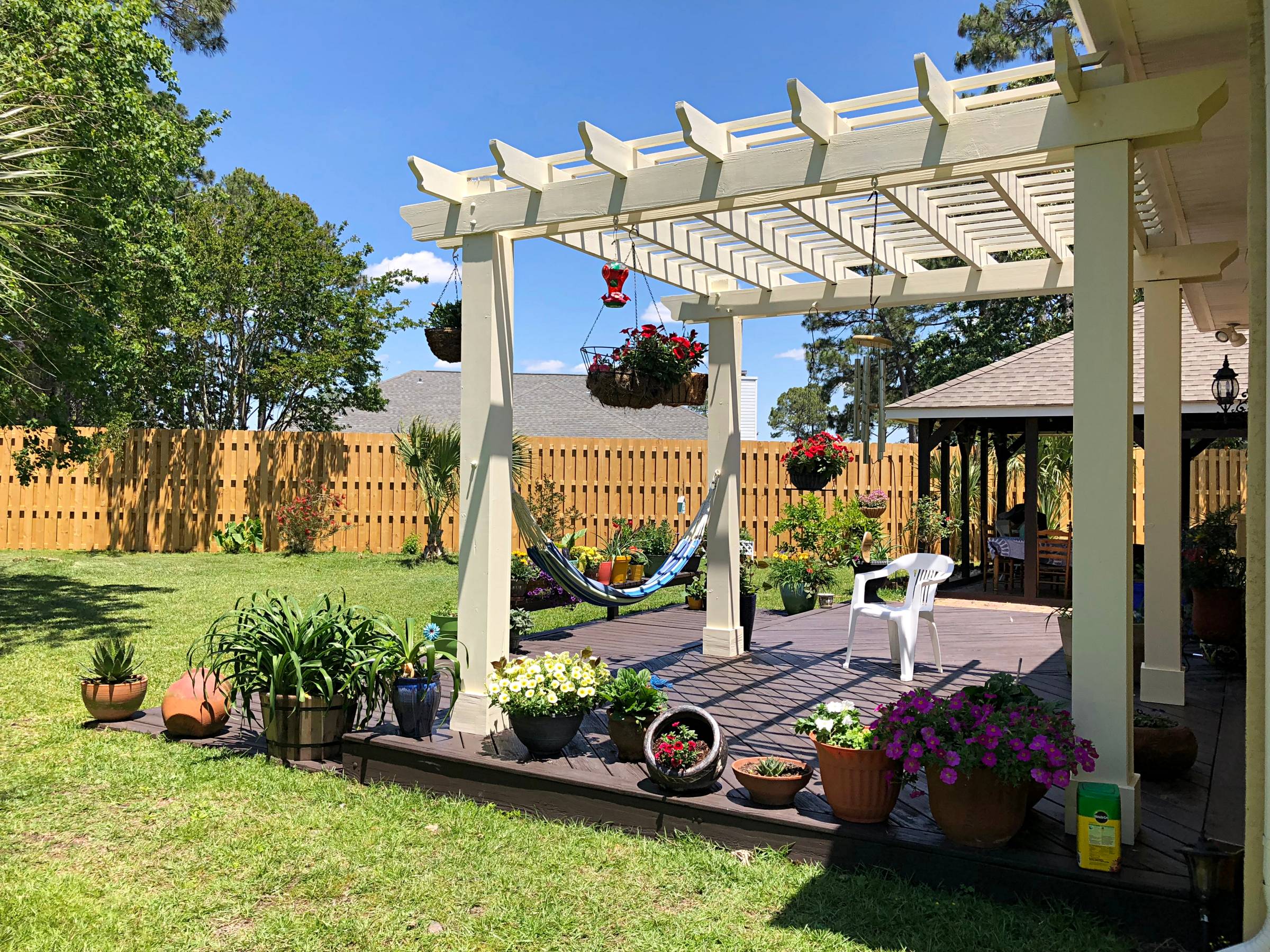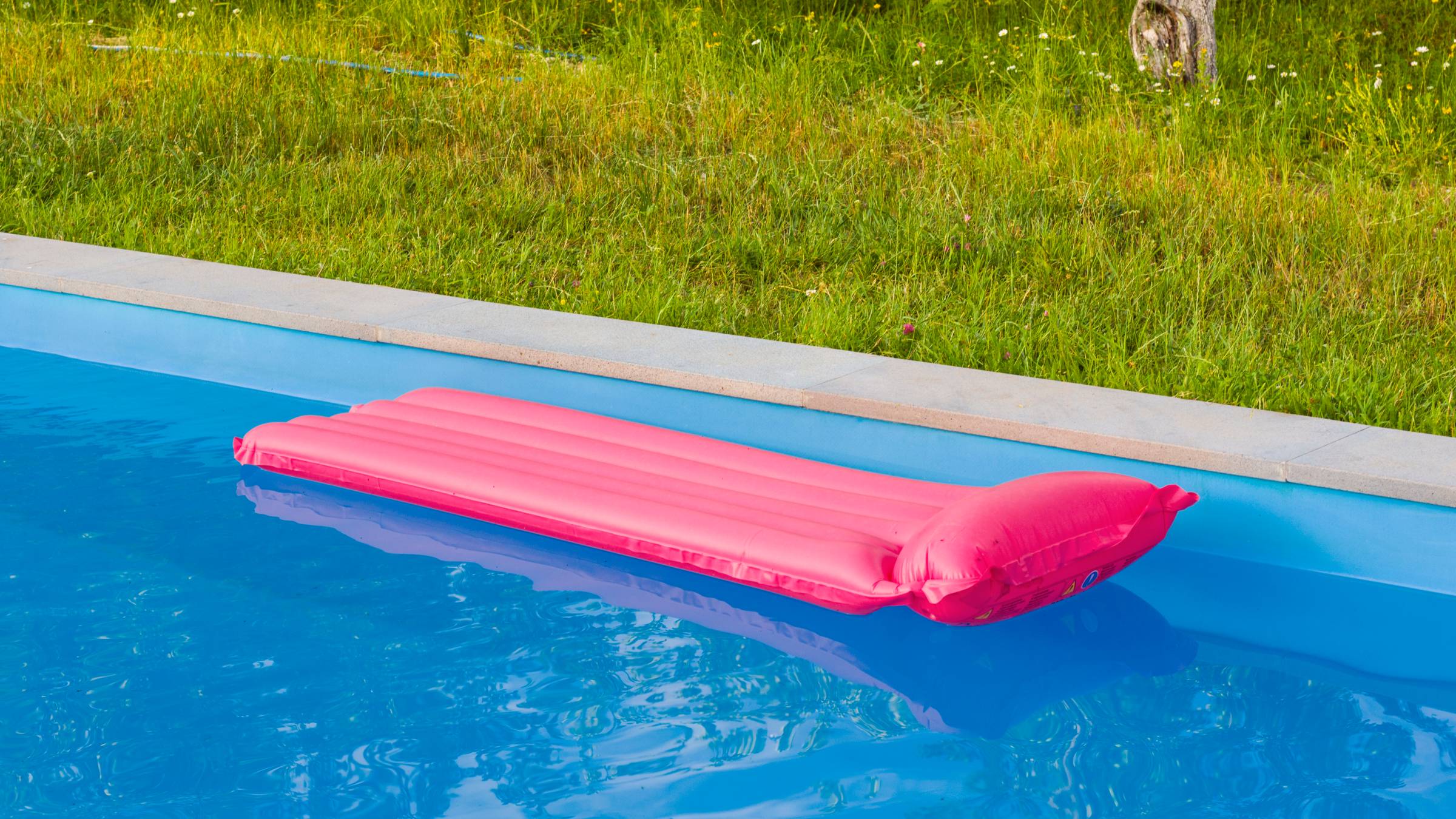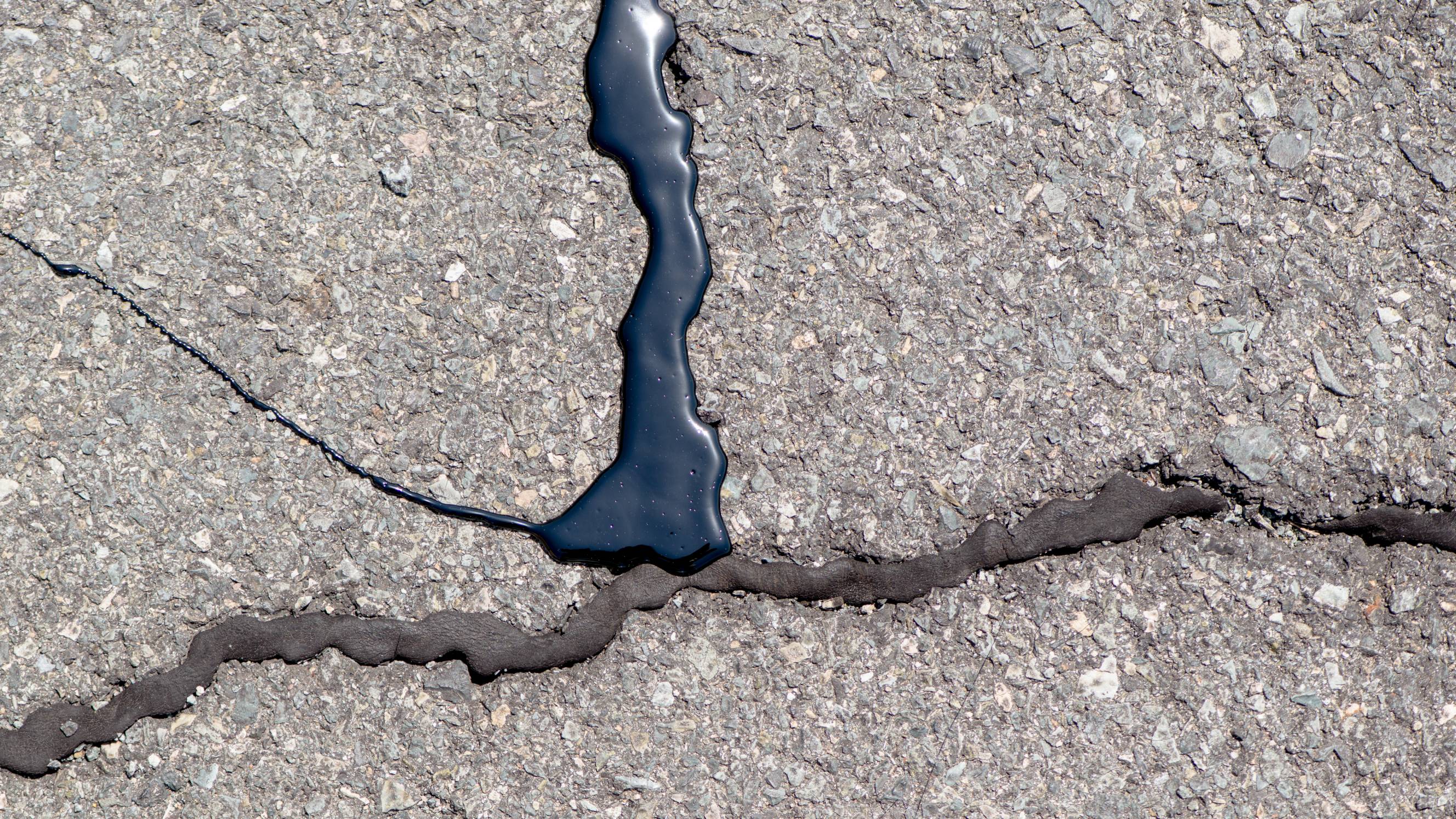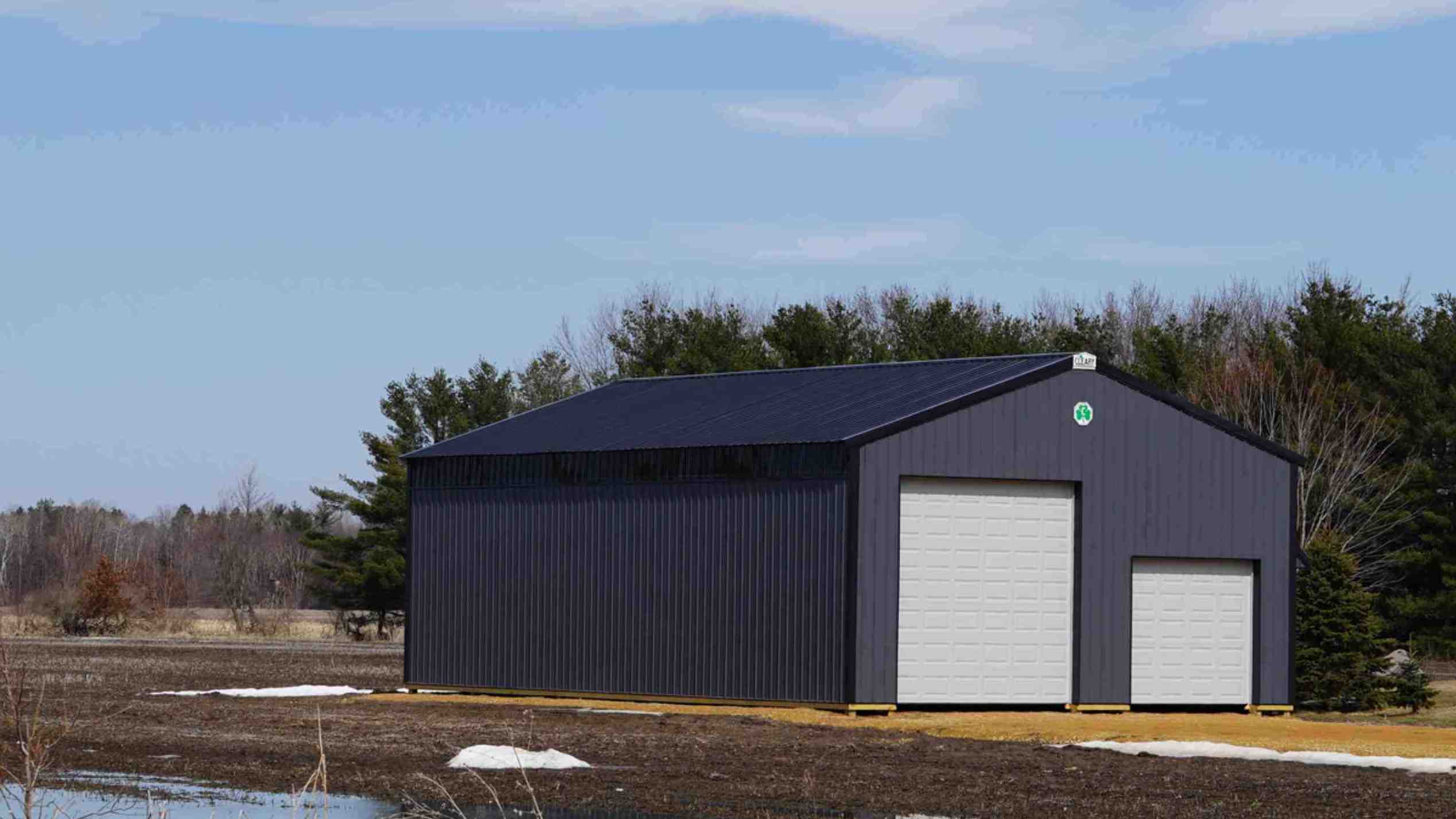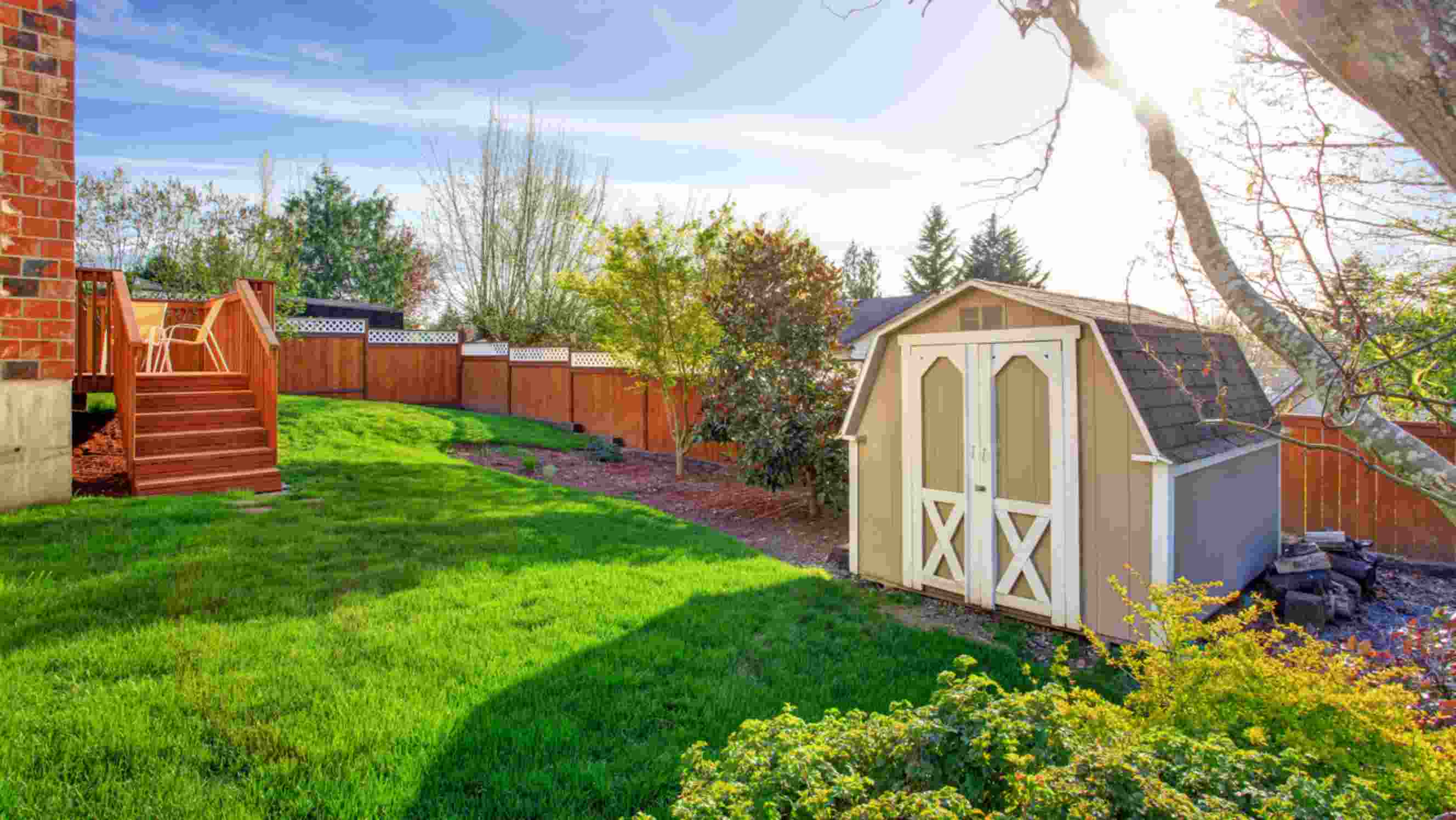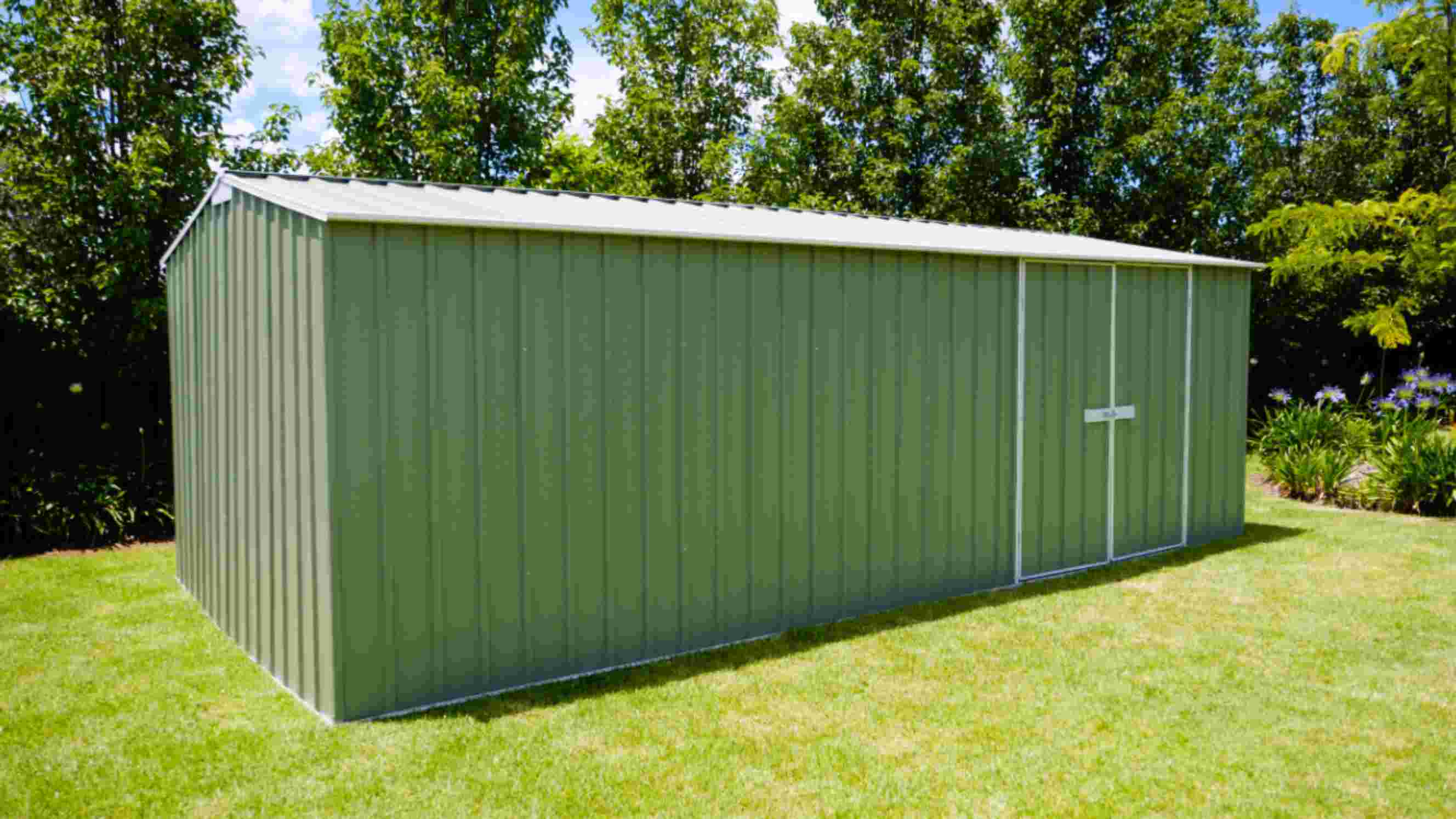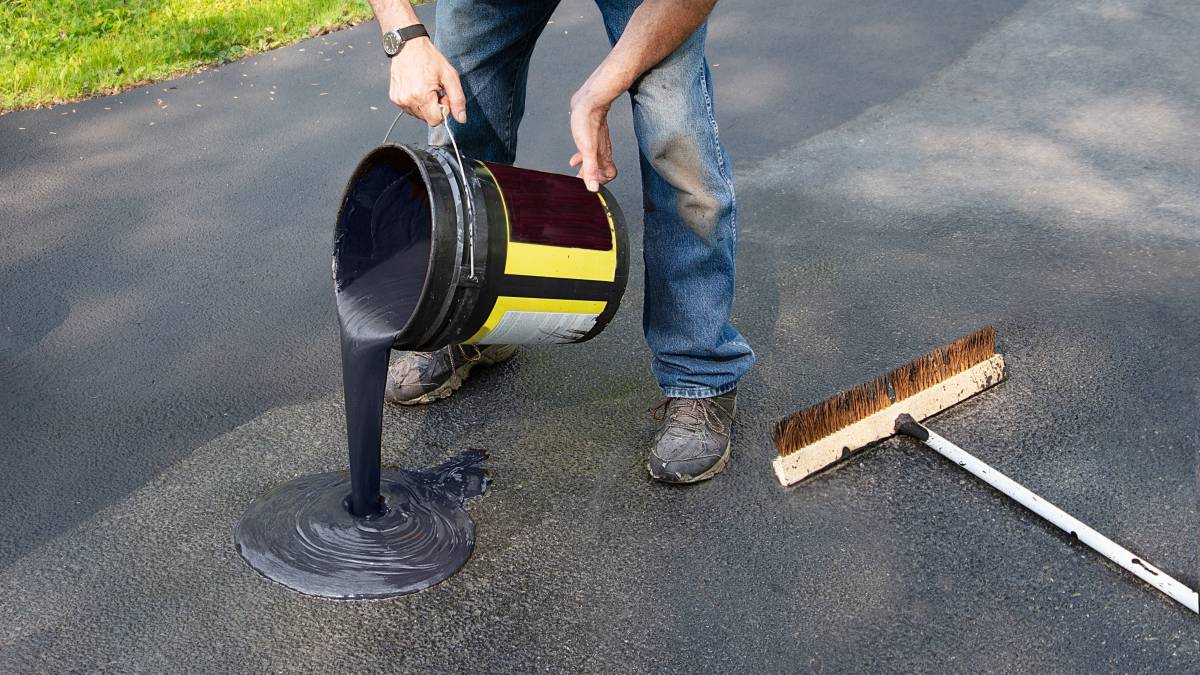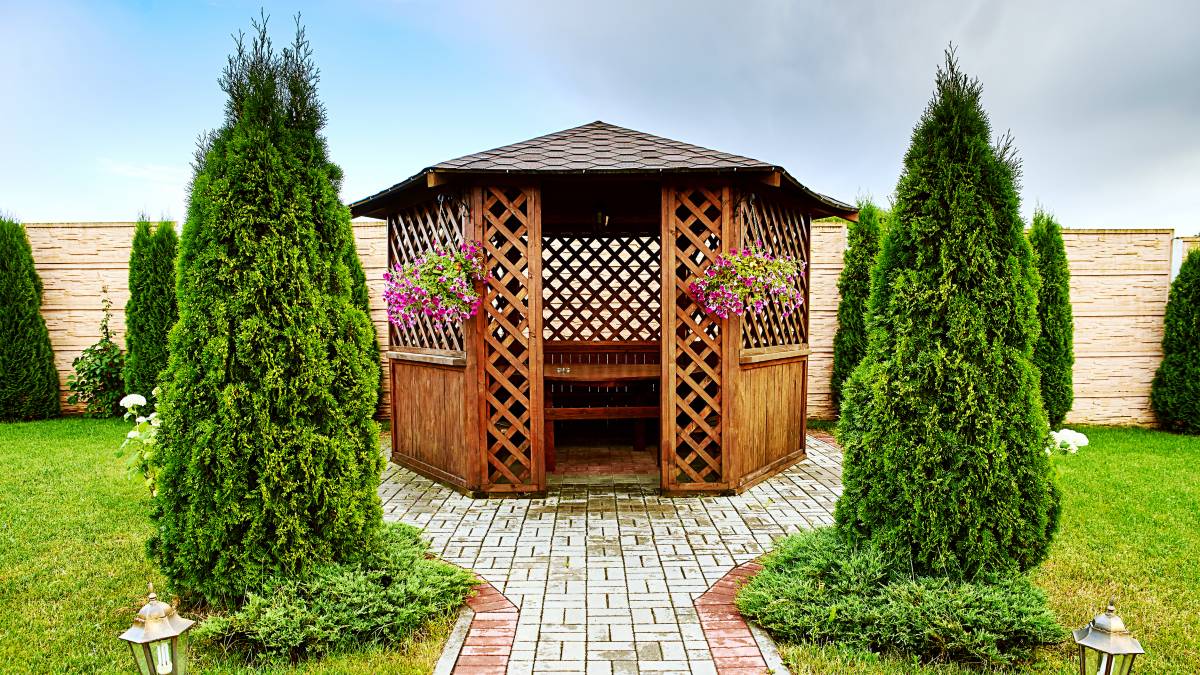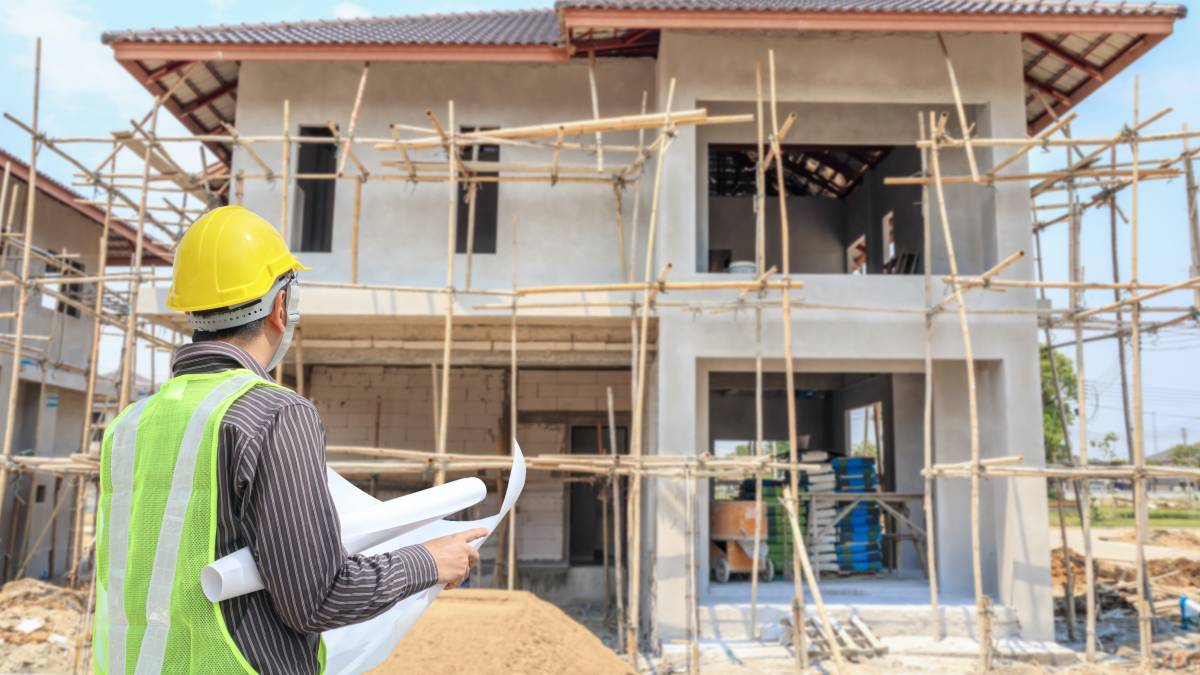- Home/
- Comparisons/
- Shed Installation/
- Metal shed vs. wood shed
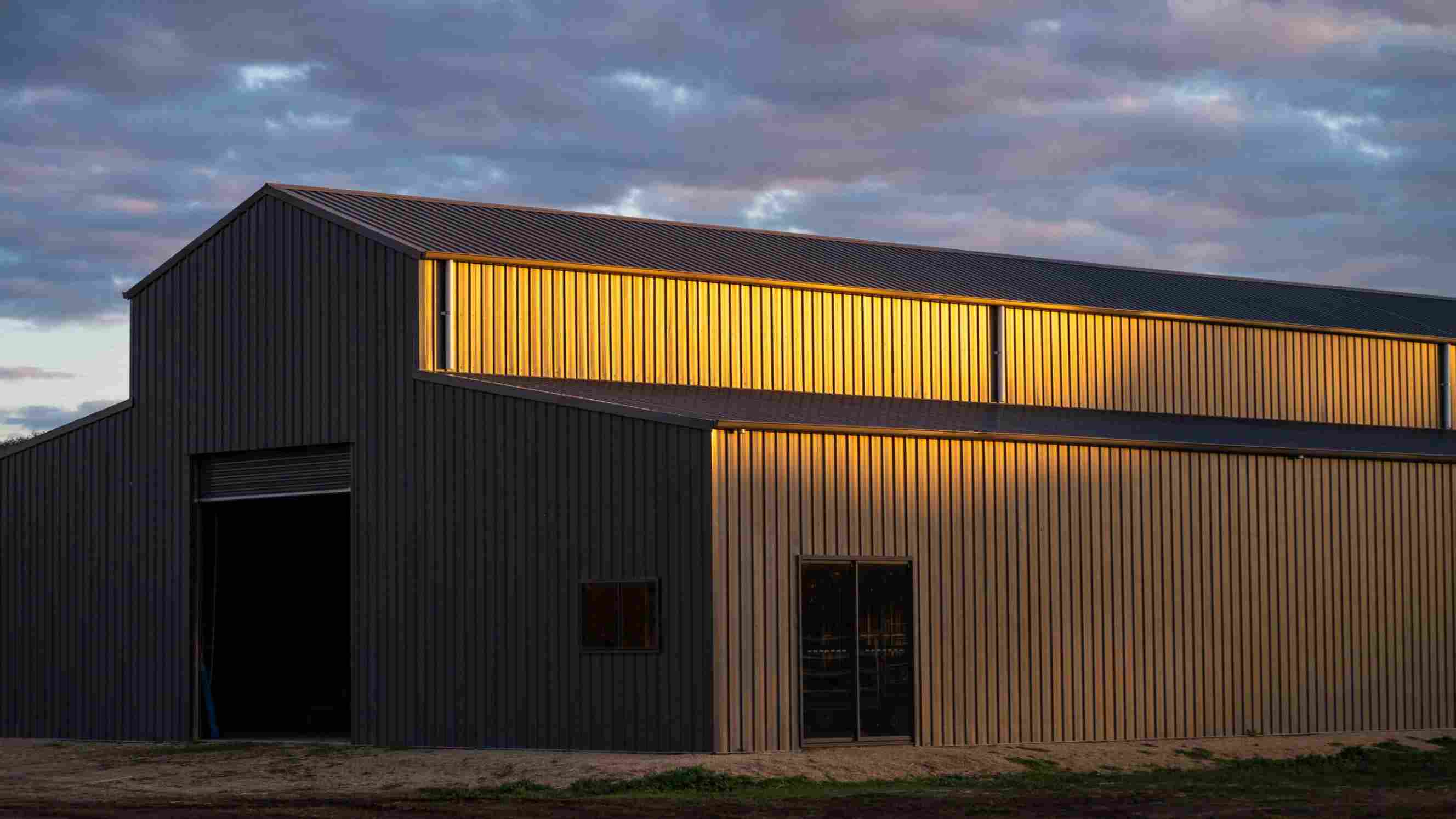
Metal shed vs. wood shed: What is the best choice?
Comparing metal and wood sheds in terms of durability, weather resistance, and more.
Hire a shed installerLast Updated on
Key Facts
- A metal shed is made primarily from steel or aluminum. This makes it durable and reliable for long-term storage.
- A wood shed is often made from timber. It has natural insulation and is preferred by many for its aesthetic quality and eco-friendliness.
Imagine an outdoor backyard or garden shed that not only stores your various garden tools but also provides space for your hobbies. Getting this shed in order would be great for your home, but first, you must decide whether you use a wood shed vs. metal shed to reach your goals.
If you’re clueless about the differences between a metal vs. wood shed, then this guide will help you learn all about them. Here, we’ll talk about how they stand against harsh weather conditions, how they’re assembled and maintained, as well as some cost concerns for both types of sheds. With this information, you can confidently decide on the shed that best suits your needs.
What is a metal shed?
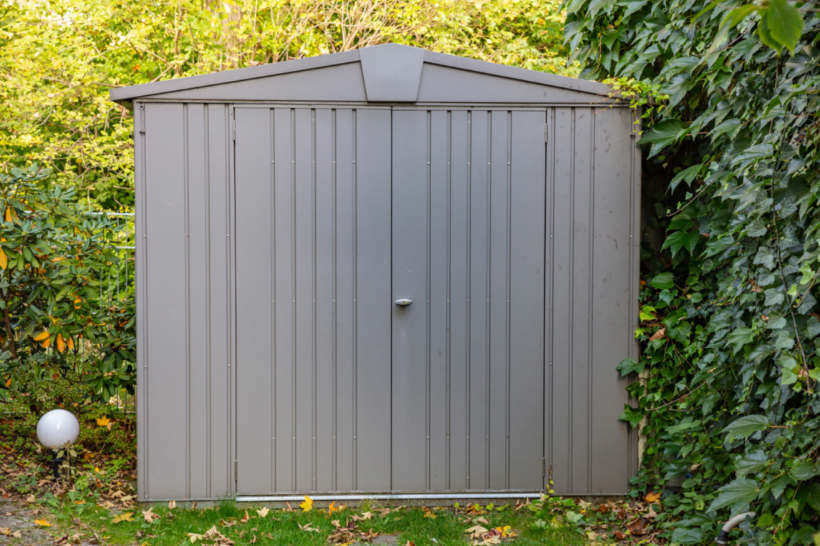 Sturdy metal shed nestled in nature. (Source: iStock)
Sturdy metal shed nestled in nature. (Source: iStock)
A metal shed is a sturdy outdoor storage solution made primarily from materials like steel or aluminum. Known for their durability, these sheds are designed to provide reliable protection for your belongings, from gardening tools to sporting equipment. Metal garden sheds resist rust and decay, making them an excellent choice for long-term storage.
Many metal sheds feature a sleek appearance that can complement your modern garden or home’s aesthetics. With options for ventilation and easy access, metal sheds offer practical solutions for your storage needs while ensuring everything stays safe and secure.
What is a wood shed?
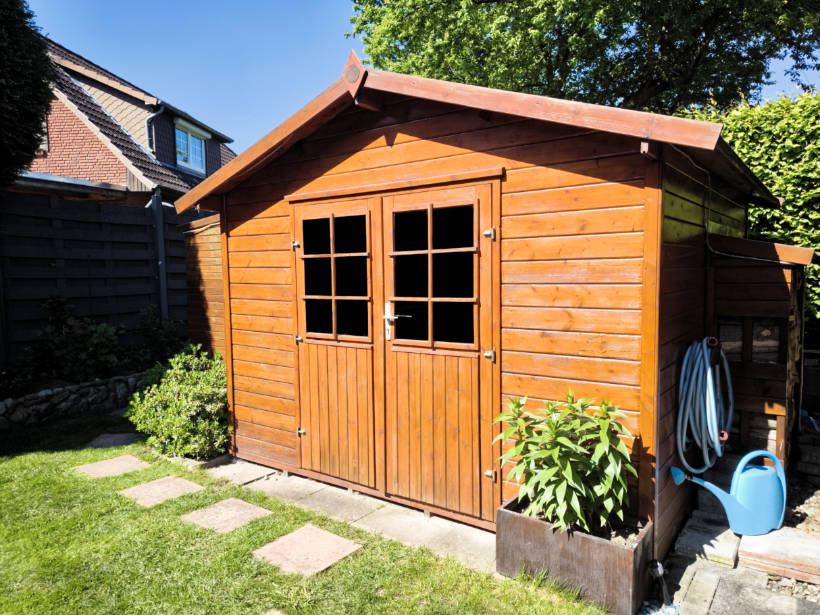 Rustic wood shed for practical backyard storage. (Source: iStock)
Rustic wood shed for practical backyard storage. (Source: iStock)
A wood shed is a classic storage structure crafted primarily from timber. It offers a rustic charm that blends beautifully with natural surroundings. These sheds are ideal for storing a variety of items, from gardening supplies to outdoor furniture. They can even serve as a workshop or hobby space.
With proper treatment and maintenance, wood sheds can provide excellent durability, withstanding the elements while adding a warm, inviting touch to your outdoor space. Plus, many people appreciate the natural insulation properties of wood, which can help regulate the temperature inside the shed. More environmentally-conscious consumers also prefer wooden sheds for their eco-friendliness.
Wood shed vs. metal shed: What is the best shed material?
Picking the right material for your outdoor shed goes beyond being a matter of preference. You should also consider how much to build a shed, the area where you’re constructing it, your purpose, and other factors that we’ll all discuss in this section.
In terms of durability
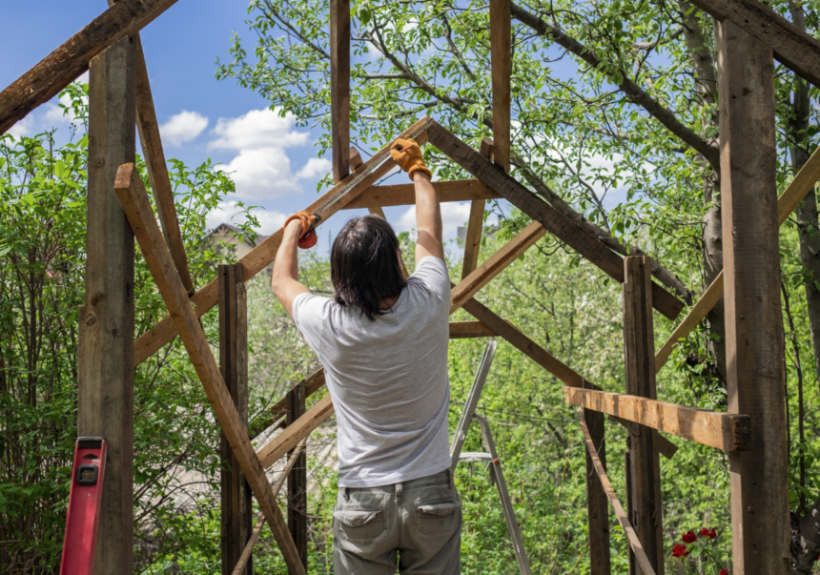 Building a strong wooden shed frame. (Source: iStock)
Building a strong wooden shed frame. (Source: iStock)
Metal sheds are well-known for their strength. They’re resistant to rot, insects, and extreme weather conditions, which makes it a popular low-maintenance option. Typically made from galvanised steel or aluminium, a metal garden shed installation can withstand heavy winds and are less likely to suffer from wear and tear over time.
Likewise, wooden sheds can also be incredibly durable when constructed from high-quality timber and treated appropriately. While they may be susceptible to rot and insect damage, regular maintenance through sealing and staining can significantly extend their lifespan. Building a shed with proper insulation and ventilation can also prevent issues like warping or cracking.
In terms of weather resistance
Metal sheds excel in harsh conditions, as they’re built to resist rust and corrosion, especially when made from galvanised or powder-coated steel. Their material and sturdy shed foundation can stand firm against stormy weather, snow, and strong winds without compromising their structural integrity. This makes them a reliable option for regions with extreme weather, providing peace of mind that your belongings will remain safe and dry.
While a high-quality timber shed can be quite resilient, among the disadvantages of wood is that it’s inherently more susceptible to moisture, which can lead to rot, warping, and even mold growth. Still, appropriate sealing and regular maintenance allow wooden sheds to withstand the weather and maintain their appearance.
In terms of insulation
 An insulated shed nestled in a vibrant garden, complete with patio furniture. (Source: iStock)
An insulated shed nestled in a vibrant garden, complete with patio furniture. (Source: iStock)
Wood naturally provides better insulation due to its cellular structure, which traps air and helps regulate temperature. Wood as a shed material can keep its interior cooler in hot weather and warmer during colder months. This makes it a suitable option for storing temperature-sensitive items like paint or delicate gardening supplies.
On the other hand, steel sheds have poor insulation properties, as metal conducts heat and cold more readily than wood. So, the interior of a metal shed can become quite hot in summer and chilly in winter, which may not be ideal for certain storage needs.
But if you're seriously considering this material, then you might be wondering how to insulate a metal shed. This can be done by adding insulation panels or using insulating materials during building construction.
In terms of the assembly process
When considering your shed options for your house, you should know that metal sheds often come in prefabricated kits for straightforward assembly. Most kits include full instructions, and the components are designed for easy interlocking, requiring minimal tools. This makes metal sheds a great option if you’re a DIY enthusiast who’s looking for a quick solution, as these can be built in a single day.
Meanwhile, assembling wooden sheds can be a more labor-extensive process. While many wooden shed kits are also available, they may require extra steps like cutting, measuring, and customizing pieces to fit your space. You'll also need to factor in time for treating the wood and allowing it to dry before assembly.
In terms of maintenance
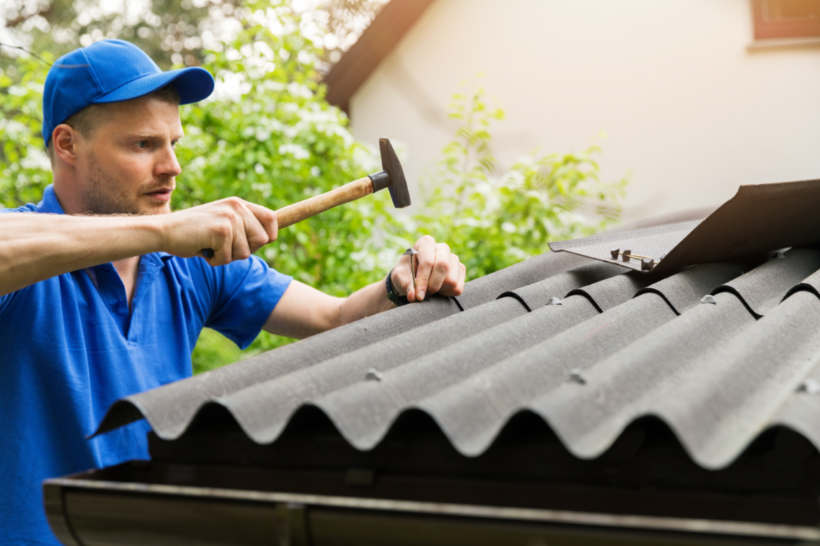 Giving the shed roof some TLC—one nail at a time! (Source: iStock)
Giving the shed roof some TLC—one nail at a time! (Source: iStock)
Metal sheds like steel garden sheds are generally low-maintenance. They don’t require regular painting or sealing to protect against pests or weather-related damage. According to shed experts from Easyshed, a simple periodic wash with soap and water to remove dirt and debris is usually all that's needed to keep them looking good. However, you should regularly check for scratches or dents, as these can lead to rust if not repaired immediately.
Wood or timber frame sheds require a bit more attention to maintain their longevity and appearance. To protect against rot, termites, and weather damage, a wooden shed should be treated with sealants or stains every few years. Regular inspections are also highly recommended to catch any signs of cracks or warping.
In terms of cost
Generally, metal sheds tend to be more affordable upfront. Their lower material costs and straightforward assembly also contribute to reduced shed installation expenses. Plus, the durability and low maintenance of metal sheds can translate into long-term savings, as you may not need to invest in repairs or treatments as frequently.
Conversely, a wooden shed usually has a higher initial cost due to the price of quality timber and the additional labour involved in assembly and maintenance. Customisation options, such as specific designs or finishes, can further drive up costs.
An average, medium-sized metal shed typically costs around $500 to $7,000 while mid-range wood sheds cost $3,000 to $15,000.
Need help with your shed project? Connect with expert shed installers on Airtasker
Building a shed is exciting because it opens up great possibilities for your home. Still, its assembly and installation can be a challenge especially if you have no prior construction experience. To make your life easier, let Airtasker connect you with professional shed installers who can pick up the work for you.
Connect with skilled pros who can handle everything from assembly to customisation, so you can sit back and enjoy your new space without spending too much time and effort. If you’re ready to start your shed project, post your task now and get offers from local shed installers.
Metal vs. wood shed
| Metal Shed |
Wood Shed |
|
|---|---|---|
| Durability | Can withstand heavy winds and are less likely to suffer from wear and tear |
Can be incredibly durable with high quality and proper treatment |
|
Weather Resistance |
Can withstand heavy rain, snow, and strong winds |
Can face severe weather with proper treatment and maintenance |
|
Insulation |
Poor insulation properties |
Provides natural insulation |
|
Assembly |
Easy and straightforward assembly | Takes more time, effort, and skills to assemble |
| Maintenance | Generally low-maintenance apart from a periodic wash |
Regular inspections and treatment with sealants or stains are necessary |
| Cost | More affordable upfront; $500 to $7,000 |
Has a higher initial cost; $3,000 to $15,000 |
FAQs on metal and wood sheds
In the US, smaller sheds up to 8 x 8 ft in area can be constructed without a permit, given that it’s properly installed on your property. However, some cities or states may have slightly varying regulations, so it’s essential to check your local guidelines for specific requirements that apply.
The best way to insulate a metal shed is via foam board or spray foam insulation. These materials effectively reduce heat transfer while helping the metal become moisture-resistant. You can start by applying a vapor barrier to prevent condensation.
Then, you can install the insulation panels, securing them to the walls and ceiling. For added comfort, you can cover the insulation with plywood or another protective layer. This setup helps regulate temperature, reduce noise, and protect your belongings.
Generally, buying a pre-made shed is cheaper than building one from scratch, especially when considering material and labor costs. Pre-made sheds often come in kits, making assembly easier and more cost-effective. However, building a shed can be more affordable if you have specific materials on hand or if you want a custom design.
Find shed installers, fast
Post a task
Related articles
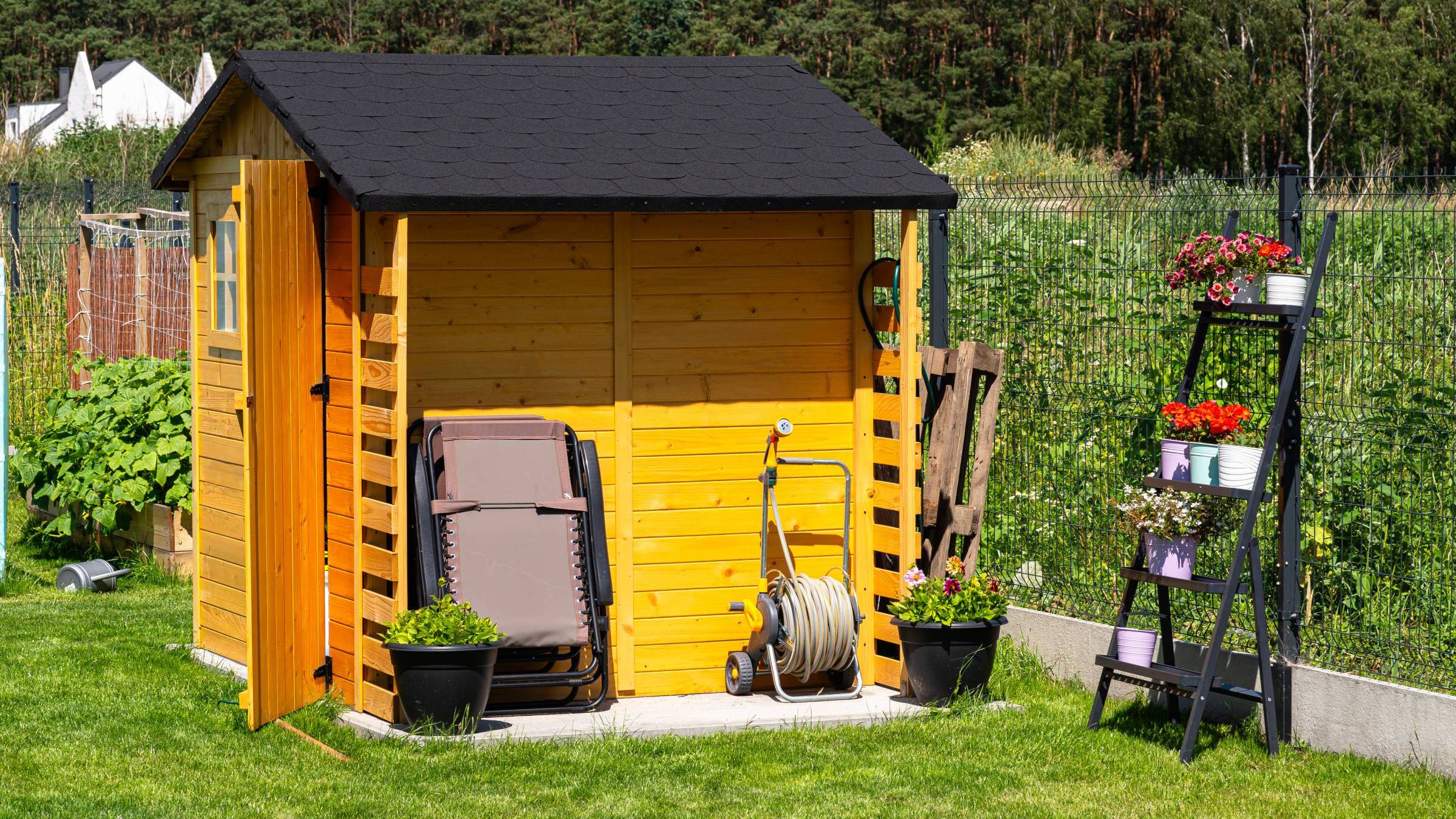
Your handy shed tools checklist
Read more
Related price guides

How much does demolition cost?
Read more
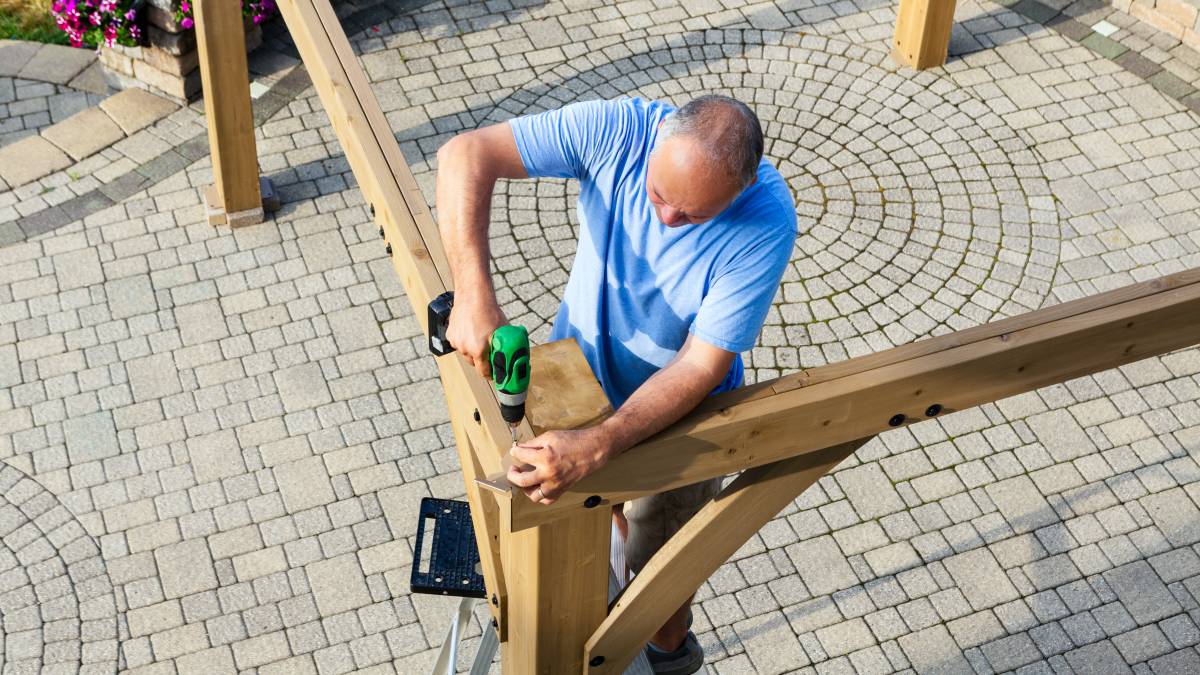
How much does a pergola cost?
Read more
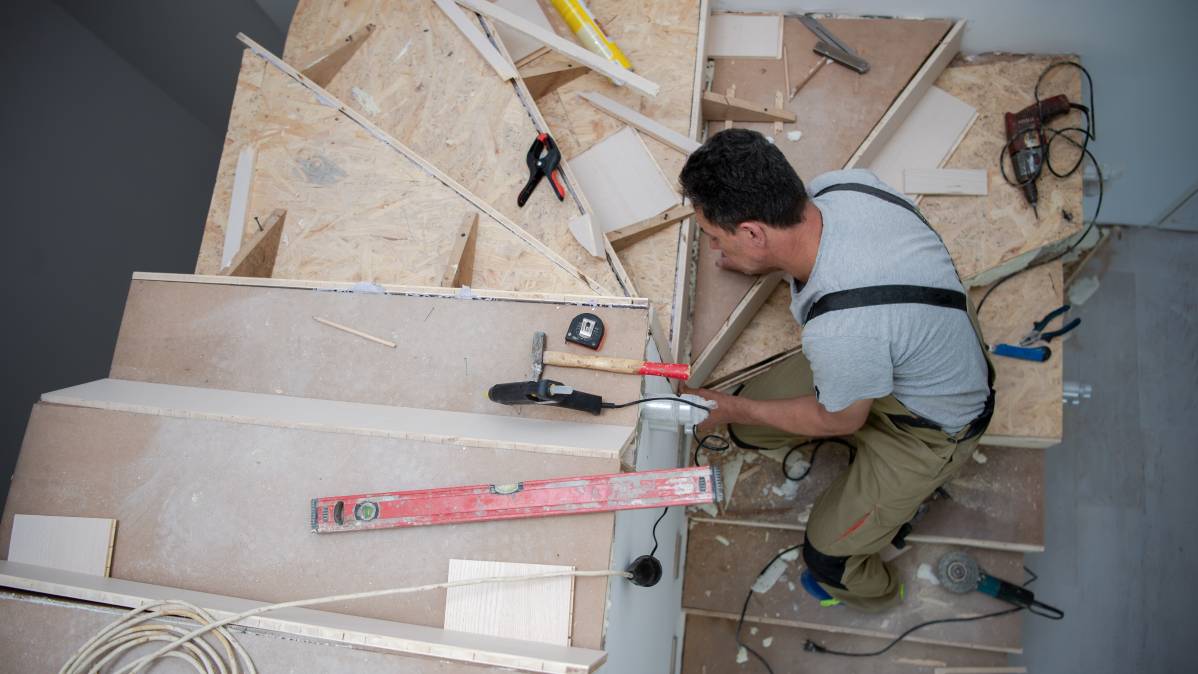
How much does a new staircase cost?
Read more
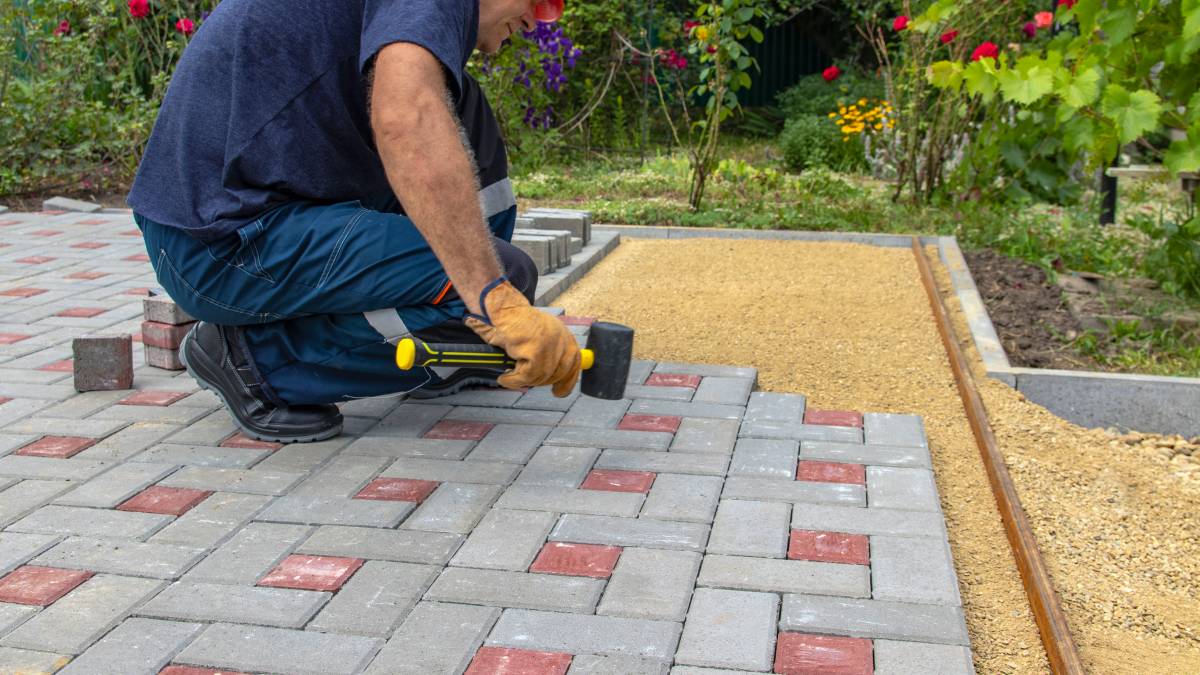
How much do patios cost?
Read more
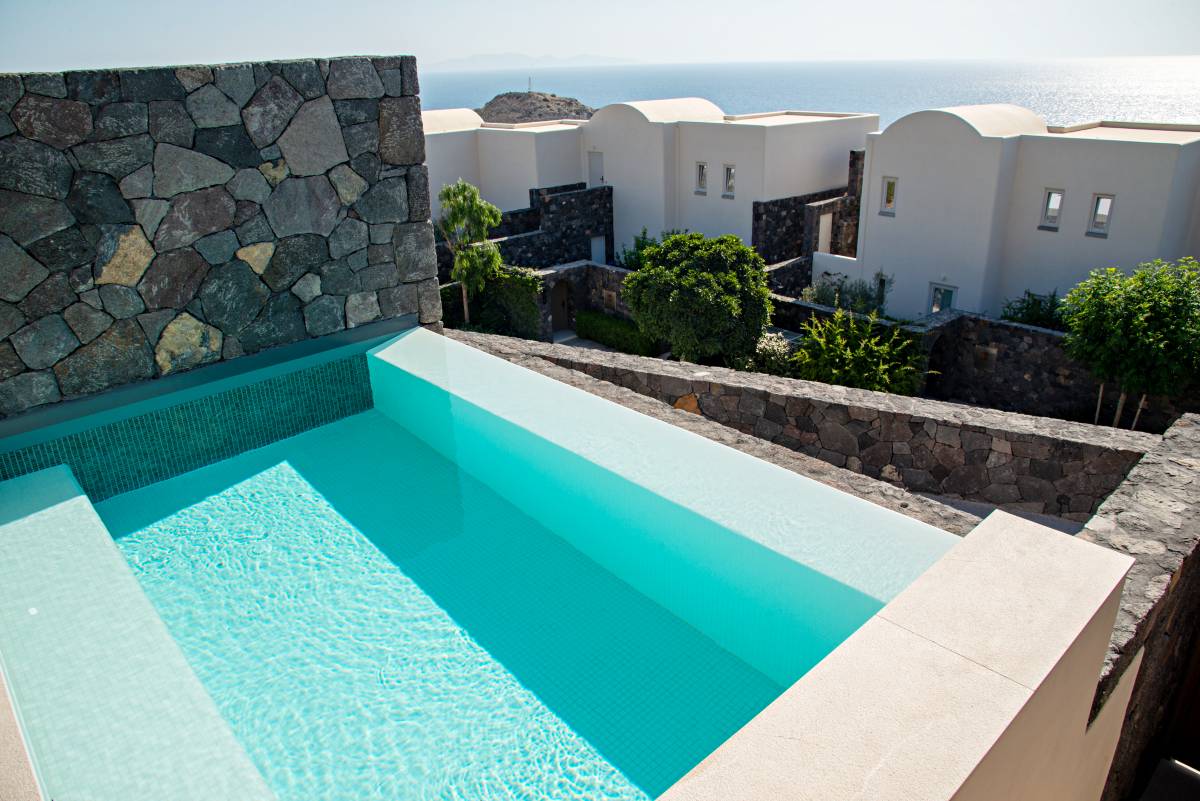
How much does a plunge pool cost?
Read more
